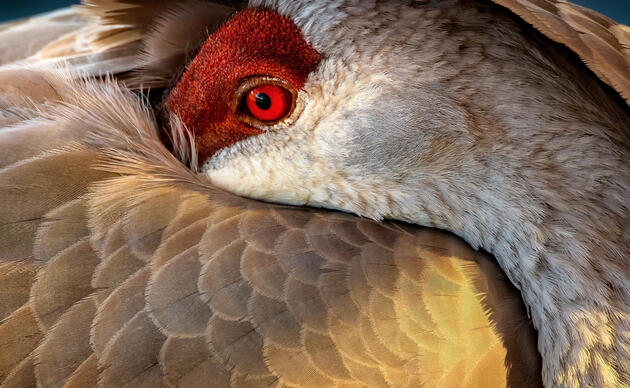The next total solar eclipse visible in North America will be in 2033, its path only visible in Alaska. If solar power continues its trajectory, as much as 30% of our energy needs could be coming from solar by then. This may be an ambitious goal, but the energy industry is calling 2030 the “solar decade.”
Thanks to a generous grant from the Nebraska Enviornmental Trust, both Spring Creek Prairie Audubon Center and Audubon’s Rowe Sanctuary will install solar energy systems that accommodate their annual energy use.
SCPAC will install a new solar-powered electrical system on the roof of the visitor center this summer, and Rowe Sanctuary will install their system as part of the building additions currently underway. New exhibits will demonstrate energy production, savings, and its impact on air quality and our climate in real time.
SCPAC’s system will include 44 photovoltaic (PV) panels and will produce an estimated 35,000 kWh (kilowatt hours) per year. For comparison, the average household uses around 11,000 kWh annually, according to the US Energy Information Administration. Inside the visitor center will be a large monitor that can be used to display system functions and educational information. SCPAC currently hosts a weather station operated by the National Oceanic and Atmospheric Administration (NOAA) that records precipitation, wind, and solar radiation, so we will be able to include that data for research on the effect of different conditions on efficiency and production.
The system at Rowe will include 86 PV panels on the roofs of the two new wings of the visitor center, producing approximately 48,000 kWh annually. Rowe will also be a demonstration site for data gathering and education, just as it will be for the other sustainable building strategies used, such as geothermal heating and cooling, local materials, skylights, and reflective glass.
Not only will this save us a hefty amount on the monthly bills, but weaving sustainability into everything we do is a long-term commitment to our values. As a national organization, Audubon taking responsibility for our own carbon footprint and showing others how it can be done. In 2044, a total solar eclipse will be visible only in Montana, North Dakota, and South Dakota – we can only imagine where we will be by then.




